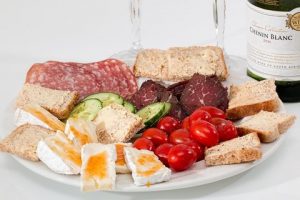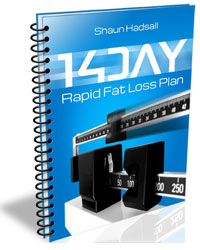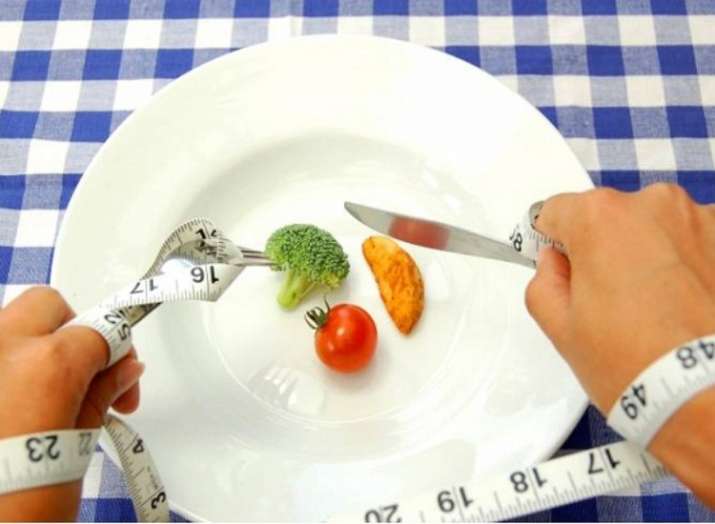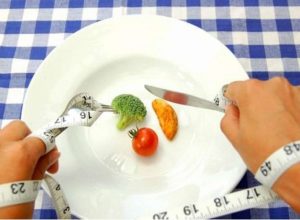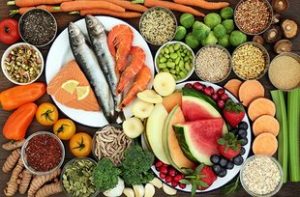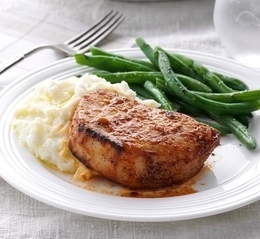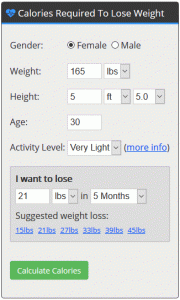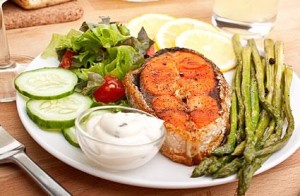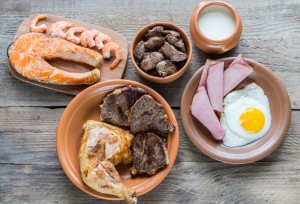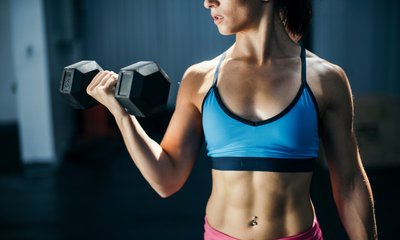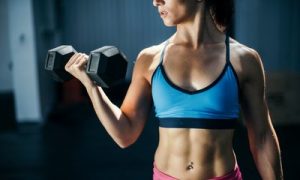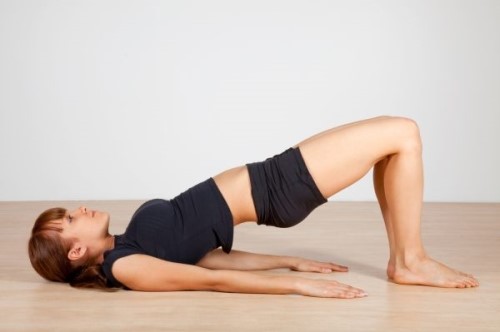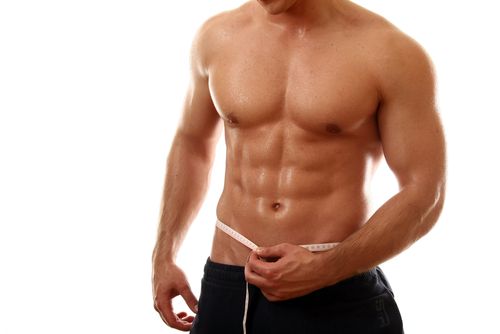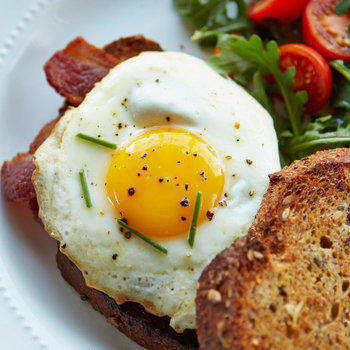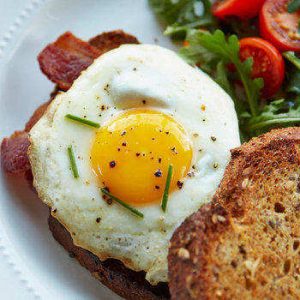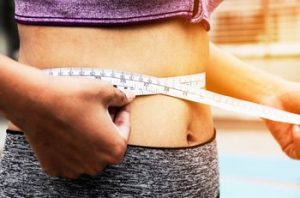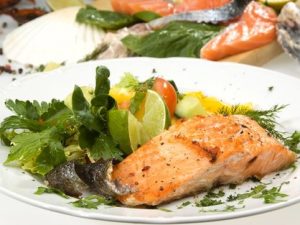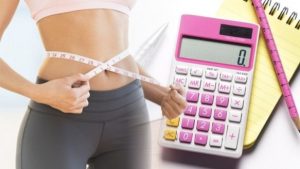Stop counting calories with the Dukan Diet, your ultimate low carb diet plan for quick and easy weight loss.
The Dukan diet has appealed to those looking to shape up for summer because it promises a way to lose up to 10 pounds in a week – and never get it back again.
Even celebrities like Jennifer Lopez, Kate Middleton and Gisele Bundchen have sung its praises.
But don’t be in a rush to get your bikini ready to head out to the beach.
Because even though it sounds tempting to see how to lose weight fast, you’ve got to also ask yourself what the Dukan diet involves – and if it’s really safe.
So like we did with a low carb diet, let’s learn a little more about the controversial Dukan diet… the good, the bad and the ugly.
What Is The Dukan Diet?
The Dukan method is a fast, natural and efficient diet to shed up to 10 pounds in just 7 days – and continue to lose 2 to 4 pounds a week until you hit your target weight.
Nutritionist Pierre Dukan introduced it in the year 2000. His book outlining the Dukan method has sold nearly 8 million copies, becoming the most popular weight loss book in France.
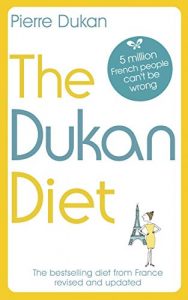
Dukan’s research into a diet that would get rid of extra pounds without regaining it later led to his formulation of a 4-phase approach based on eating as much as you want from a list of 100 foods.
The promise is that the Dukan diet will let you…
Lose weight without hunger pangs or having to count calories!
The Diet – In 4 Phases
The 4 phases of the Dukan program are:
1. Attack Phase – to kick start your weight loss. You’ll eat pure protein (from a choice of 68 different foods) and notice an immediate drop in weight.
2. Cruise Phase – to reach your “true weight”. You’ll alternate between pure protein and proteins + vegetable days for an average of 3 days per pound lost.
3. Consolidation Phase – to prevent rebound weight gain. You gradually move to a sustainable eating plan, with veggies, fruit, wholegrain bread and cheese being staples.
You can also add starchy foods you were earlier forbidden in 2 “celebration days” every week. This phase lasts 5 days for every pound you lost during the Cruise Phase.
4. Stabilization Phase – to maintain yourself at the new weight. Following a pure protein (almost) no carb diet one day in a week, daily 20 minute walks and 3 tablespoons of oat bran every morning are the only non-negotiable rules in this phase.
You can eat whatever else you like.
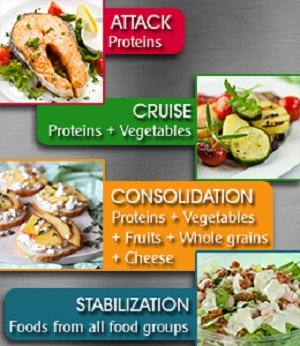
How Does This Low Carb Diet Work?
At its core, the Dukan diet is based on eating lean protein, oat bran and water along with taking a walk for 20 minutes every day… while avoiding carbs.
This low carb diet forces your body to burn off stored fat.
It’s just like the Atkins diet – but even stricter! Restricting carbohydrate intake also prevents insulin release which maintains a more steady blood sugar level.
Protein is filling, harder to digest and has fewer calories per gram in contrast to carbs and fats, which makes it a weight loss powerhouse.
Proteins are made up of chains of building blocks called aminoacids that are tightly bound together and harder to break up by the digestive system.
So they remain in your stomach for longer, keeping you full for longer and reducing your craving for more food.
What’s Good About The Dukan Diet
The Dukan diet allows you to eat all that you can, just as long as what you eat is on the approved list of foods.
This means that you don’t have to weigh your food, or keep track of calories, or even watch what you’re putting into your mouth – even if in the beginning you’re restricted in what items you can include in your meal plans.
Preparing your food isn’t usually a problem because there are no unique or exotic ingredients you’ll need for the Dukan diet.
Drinking 1.5 liters of water every day and taking multi-vitamin pills are the only special requirements.
The diet is very prescriptive, giving elaborate and rigid directions about eating, which some dieters find very appealing.
Your limited choices make it easier to plan meals, though some feel that this gets monotonous over time.
Another good thing about the Dukan diet is that there are no extra costs beyond shopping for your food items.
Some dieters prefer to sign up for additional support resources like the optional online coaching (for $29.95 monthly), online forums, live chat groups and even one-on-one consulting with a Dukan nutritionist who will help personalize your diet program.
Pre-packaged Dukan food can also be ordered online.
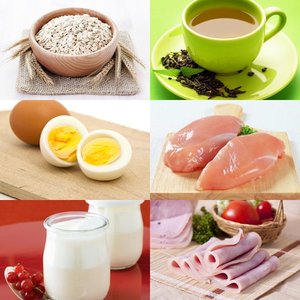
Dukan Diets – What’s Bad
But not everything about the diet is positive.
The Dukan program imposes many rules. If you enjoy being told exactly what to do, it’s okay. Many dieters don’t, and hate the thought of working with a weight loss calculator.
The slimming diet follows 4 phases.
While the first two are fun (because you’ll quickly drop weight), the later ones aren’t very enjoyable. And the monotony of being restricted in your food choices leads many to abandon the diet after a while.
The Dukan diet permits no flexibility.
Even a small transgression can be destructive. You’ll see a yo-yo effect, where an occasional slip up from your strict diet can add back those hard-lost pounds.
It’s disappointing to gain 3 pounds after indulging in just a single jam donut!
The diet also falls short in a nutritional sense. Dr.Elisabeth Weichselbaum, member of the British Nutrition Foundation, disapproves of the idea of doing away with entire food groups from your diet.
The Dukan diet prohibits starch and carbs. That is sure to have negative consequences over time.
In terms of cost, too, dairy products, animal protein and vegetables are costlier than other balanced diets, especially when you eat large quantities of them.
It’s nearly impossible to follow the program if you’re a vegetarian who won’t eat eggs and/or dairy produce.
Some dieters are not happy with the compulsory inclusion of a 20 minute daily walk in the program, let alone the other optional exercises designed to tone your stomach, thighs and back.
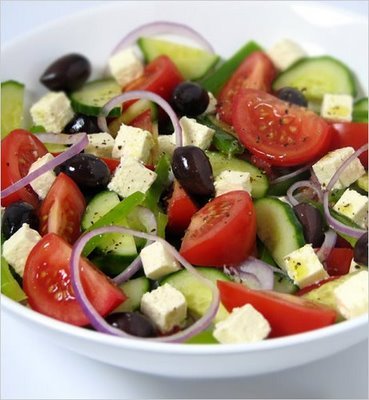
Dukan Diet – The Ugly
The big question about any diet program is this:
Does It Work?
With this program, it’s hard to say.
For all its popularity, there are no clinical trials critically evaluating the Dukan diet.
A 2010 survey over the Internet of over 1,500 respondents found that the first 2 phases resulted in an average weight loss of 15.7 pounds.
That’s not surprising because a low carb diet plan is expected to burn fat.
The trouble is that, when you go back to eating normally, you tend to gain back the lost pounds.
During the early Attack Phase, much of the weight loss is the result of water loss, not fat loss.
In any low carb diet, the body consumes glycogen stores and your body’s water content decreases. But any deviation from the diet later on, like a craving for starchy or sugary food, can lead to the glycogen stores being replenished – and the water retention that accompanies it then causes a near-instant weight gain of 3 to 4 pounds.
But apart from this short-lived fluctuation in weight, the more serious problems with the Dukan diet plan stem from the longer term problems of high protein intake.
Side effects are common and include:
- bad breath
- tiredness
- insomnia
- weakness
- constipation and
- nausea
Avoiding entire food groups leads to various nutritional deficiencies.
Also recent research suggests that a combination of high protein with fiber-rich carbs is better for weight loss.
- Scrambled eggs on wholegrain bread is both tastier and healthier, as well as better at melting away fat.
- Eating oat bran daily is another potential risk because it has phytates which bind minerals like zinc and iron, preventing their absorption.
- Other options for fiber like pulses, fruits, vegetables and wholegrain are better choices.
If you have a health condition, it is critical to check with your doctor before beginning the Dukan diet.
- Diabetics may need dose adjustments of medication because the initial phases lower carb intake drastically.
- Dieters with kidney failure can face complications because of the high nitrogen loads imposed by a protein-rich diet.
- And heart patients will miss the advantages of heart-healthy fiber in their regular diet.
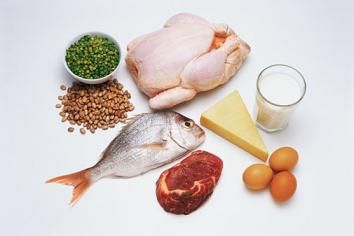
Ultimately, the strongest criticism against the Dukan diet is that it does not teach healthy eating habits that will last a lifetime.
Lacking the basics of a balanced and healthy diet, and forcing dieters to stay in the ‘consolidation phase’ for months, leads to nutritionally sub-optimal eating routines.
So maybe there’s good reason behind the removal, as reported by The Guardian, of Dr.Pierre Dukan from the French medical register in 2014.
And perhaps you ought to pay heed to nutritionists and diet bloggers who feel the Dukan diet must be shown the door as well.
Do your own research before you make up your mind. And decide if the Dukan Diet is good, bad or ugly!
What’s The Alternative To A Dukan Diet?
Of course, there are several other alternatives to help you lose weight fast.
One of the more popular ones is Shaun Hadsall’s“14 Day Rapid Fat Loss Plan” program which you can learn more about in this review – click here.
Tags:
- dukan diet meal plan
- dukan diet menu
- dukan diet plan
- dukan diet food list
- dukan diet attack phase food list
- dukan diet side effects
- dukan diet attack phase
- dukan diet recipes

